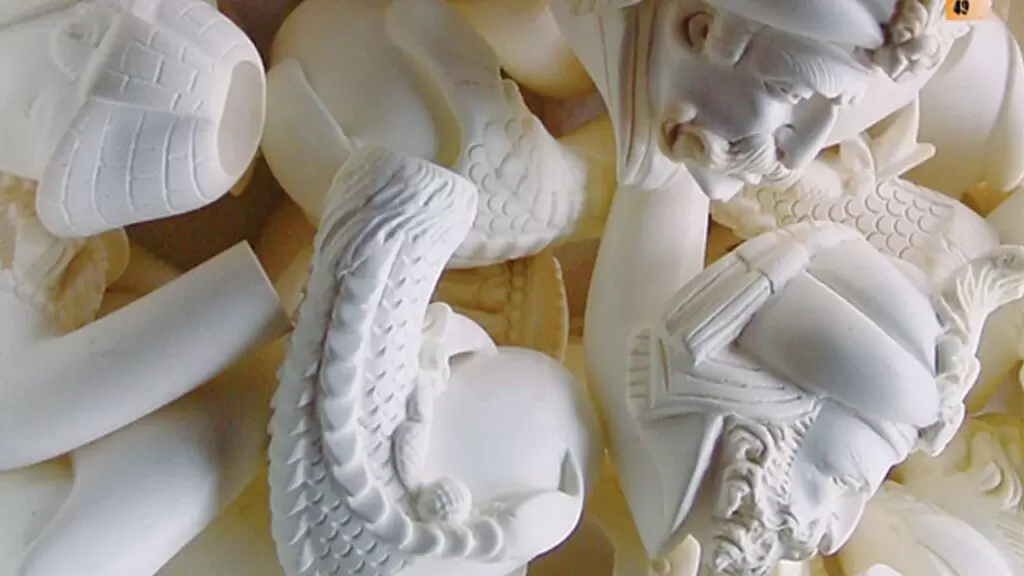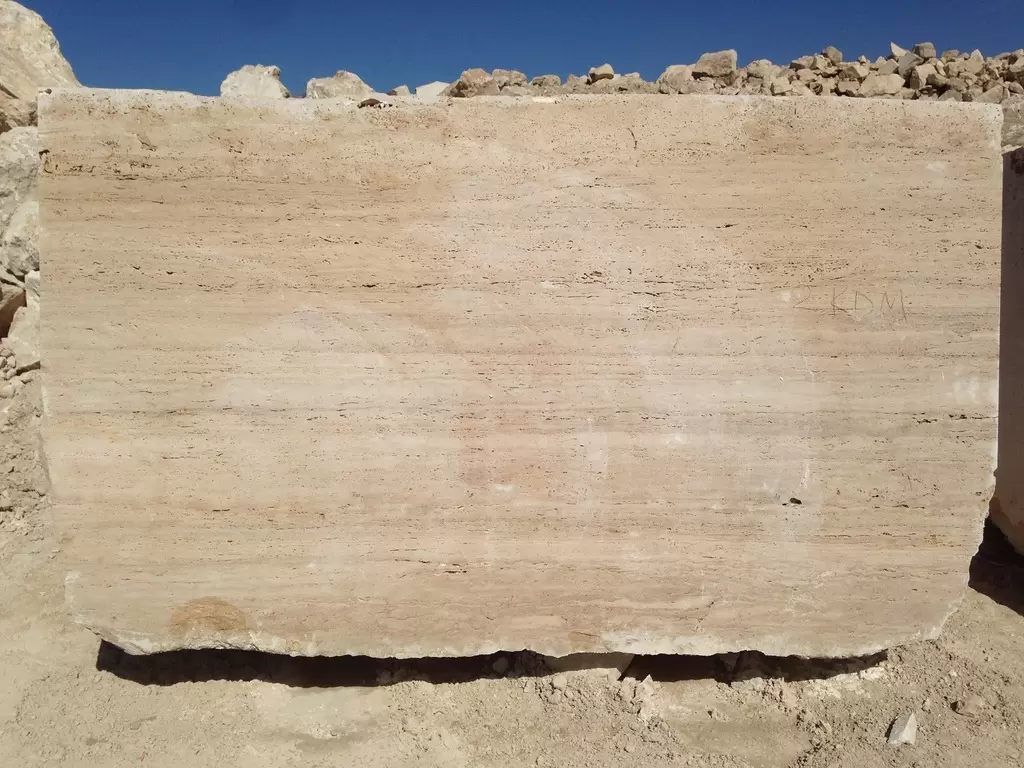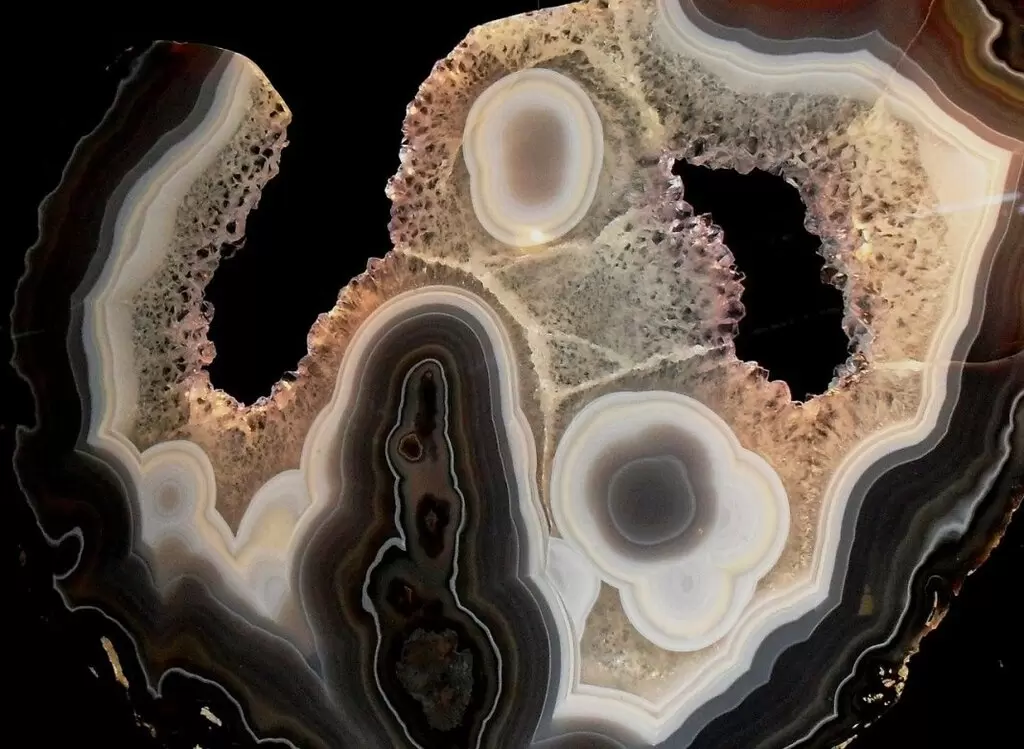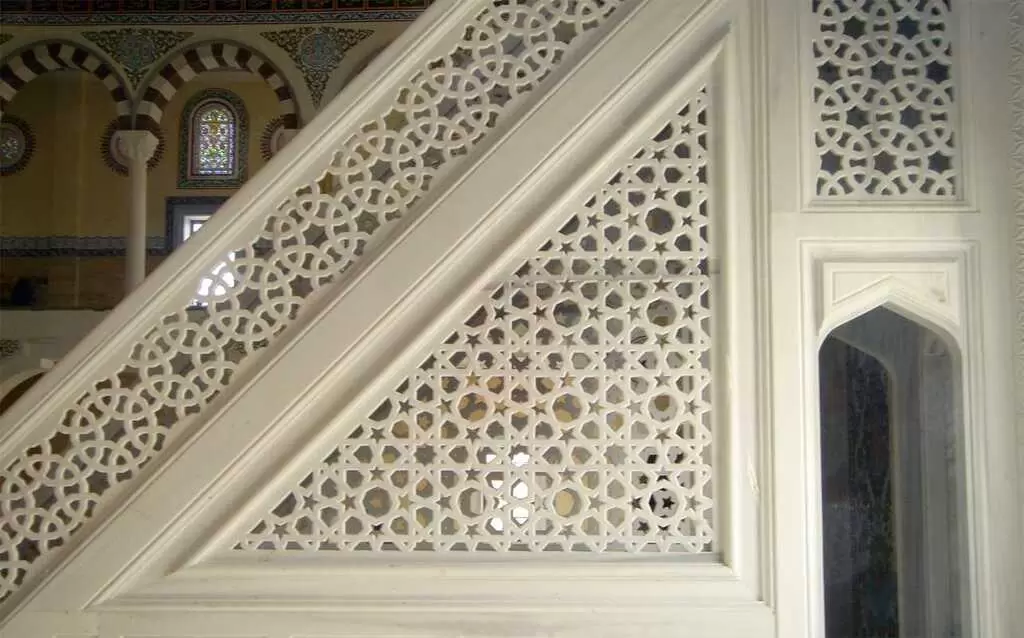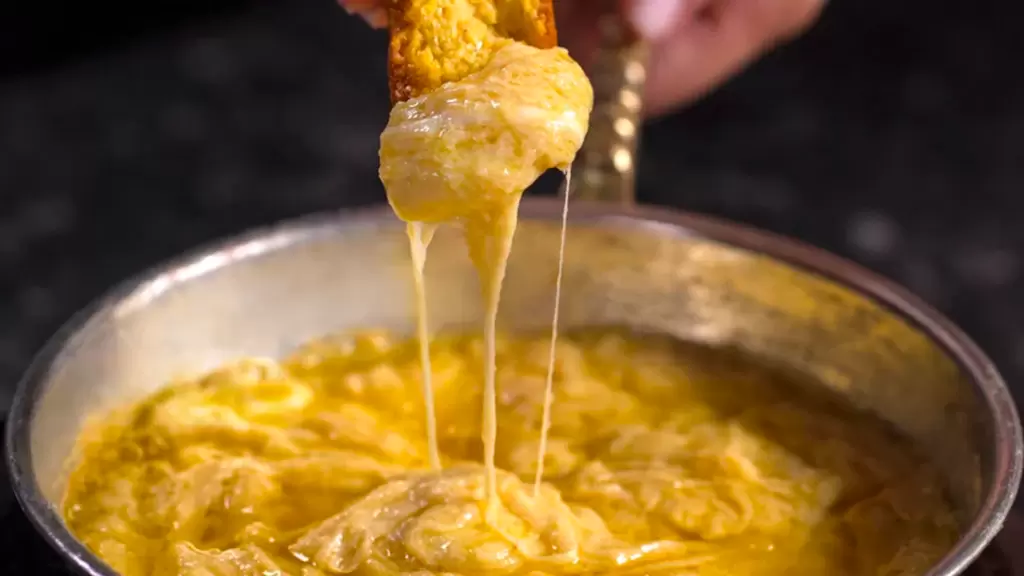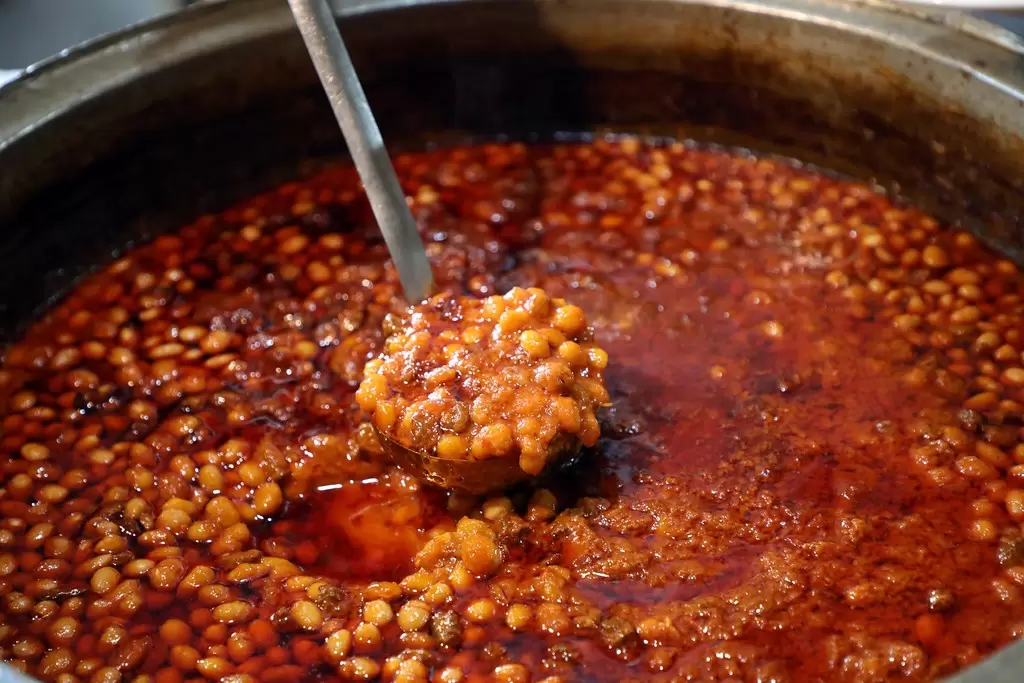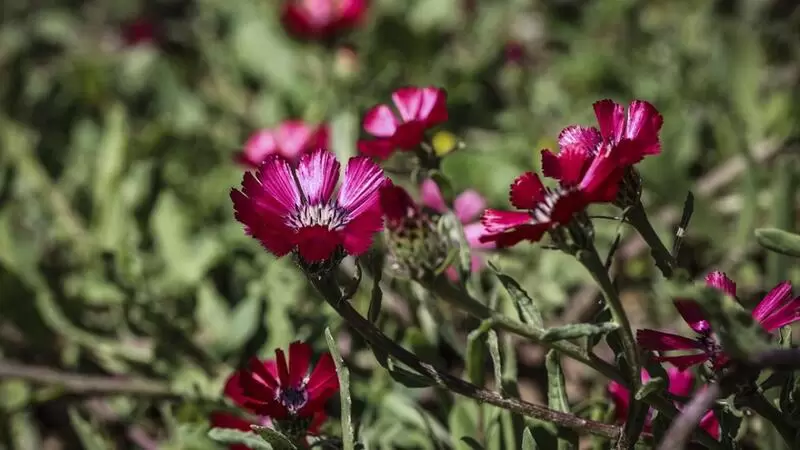
Gölbaşı Love Flower, also known as yanardöner çiçeği or peygamber çiçeği locally, is a rare and endangered plant native to the Gölbaşı region of Turkey. Recognized for its stunning visual appeal and ecological significance, it is a symbol of the region’s natural heritage. Its unique characteristics and limited distribution have earned it a place in the International Union for Conservation of Nature (IUCN) Critically Endangered category.
Distinctive Features
-
Taxonomy and Morphology
- Scientific Classification: The Gölbaşı Love Flower belongs to the Asteraceae family and is an annual plant.
- Root System: It features a taproot structure, 4–21 cm in length, with thin lateral branches.
- Stem: The stems grow 4–50 cm tall, with a purplish hue at the base transitioning to green toward the top. The stems are striped and covered with fine hairs, contributing to the plant’s delicate appearance.
- Leaves: The leaves are variable in shape, sessile, and narrow at the base, resembling a petiole. Basal leaves are more distinctly tapered, measuring 2–5 cm in length.
-
Flower Characteristics
- Color: The flower reflects various shades of red, depending on the angle of light, giving it an iridescent, shimmering quality.
- Structure: The flowers are borne on capitula, with 5–50 individual capitula per plant.
- Blooming Period: Flowering begins in late April and extends to early July, peaking in late May to early June. During this period, the plant develops multiple capitula, increasing its visual richness.
-
Ecological and Geographical Significance
- Habitat: The Gölbaşı Love Flower is native to a specific 1,750 m² area in Gölbaşı, primarily in Eymir Mahallesi. It grows in both open fields and greenhouse conditions.
- Adaptation: The plant thrives in the region’s unique climate and soil conditions. Attempts to cultivate it outside its native area result in loss of its distinctive purple-red coloration and aromatic intensity, emphasizing its ecological dependence on Gölbaşı.
-
Growth Cycle
- Flowering Phase: The plant’s most vibrant period is late May to early June when its branches develop and its height increases.
- Seed Phase: After flowering, the plant transitions to a seed phase, which lasts for the remaining nine months of the year. This period is critical for propagation and conservation.
-
Conservation Efforts
- The Gölbaşı Love Flower is listed as Critically Endangered due to its limited distribution and declining habitat. Conservation strategies focus on protecting its natural growth area, promoting awareness, and cultivating the plant in controlled environments.
- Efforts to increase its population aim to preserve this unique species for future generations while maintaining its ecological and cultural significance.
-
Cultural and Local Significance
- The Gölbaşı Love Flower holds a special place in local traditions and is an emblem of the region’s biodiversity.
- Its captivating appearance and unique blooming pattern have made it a subject of admiration and a symbol of natural beauty in Gölbaşı.
-
Sustainability and Propagation
- Cultivation methods include both open-field and greenhouse systems to ensure the survival of the species.
- Controlled cultivation allows for the study of its growth habits and further conservation planning.
Conclusion
The Gölbaşı Love Flower is more than a botanical treasure; it is a living testament to the region’s ecological richness and cultural heritage. Its vibrant blooms and iridescent colors make it a symbol of natural beauty, while conservation efforts highlight the importance of protecting endangered species. Whether admired in its natural habitat or as part of cultivation initiatives, the Gölbaşı Love Flower offers a unique and inspiring glimpse into Turkey’s botanical diversity.










